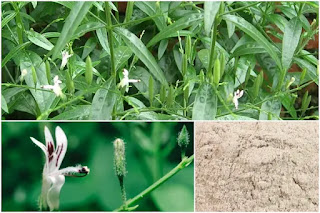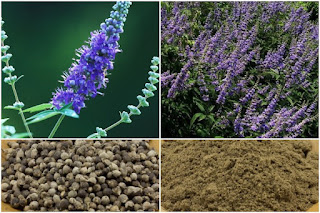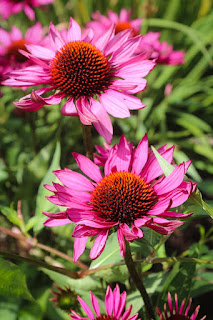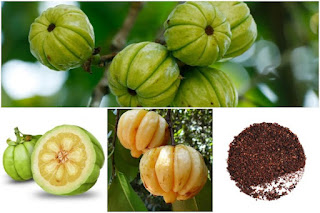Suma Root (Pfaffia paniculata or Hebanthe eriantha)

Suma Root ( Pfaffia paniculata or Hebanthe eriantha ) root and powder The Suma root ( Pfaffia paniculata or Hebanthe eriantha ), also known as Brazilian ginseng, has the. It is a perennial plant native to South America and is primarily used for its medicinal properties. Suma root is a plant species in the Amaranthaceae (amaranth) family. The root of the suma plant has been used in traditional Brazilian medicine to treat a variety of conditions, from boosting energy and sexual function to lowering stress and blood sugar . Here is some information about Suma root powder: Use: Suma root powder is commonly used as an adaptogen, which means it helps the body adapt to stress and promotes overall well-being. It is also believed to have immune-boosting, boosting energy, protecting vital organs, increasing hormone synthesis, fighting cancer, protecting against chronic diseases, anti-inflammatory properties, antioxidant properties, aphrodisiac properties and fertility-enhancin...





